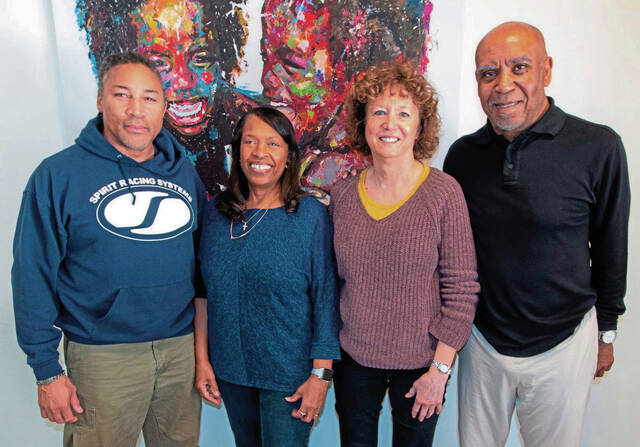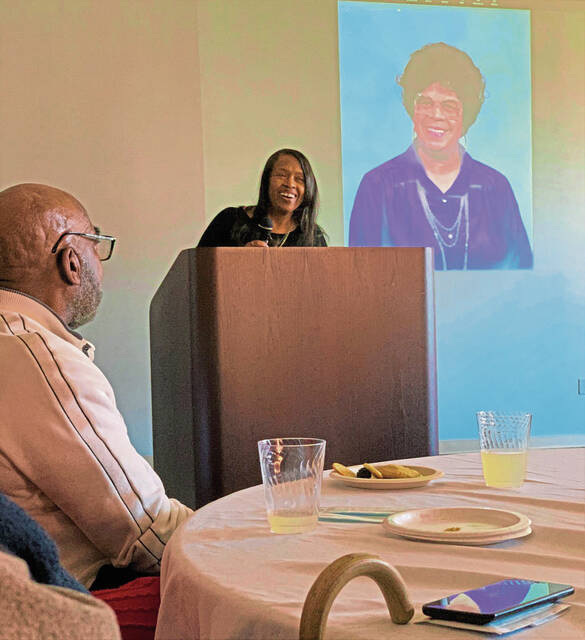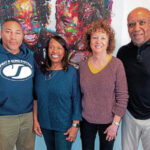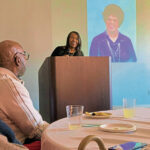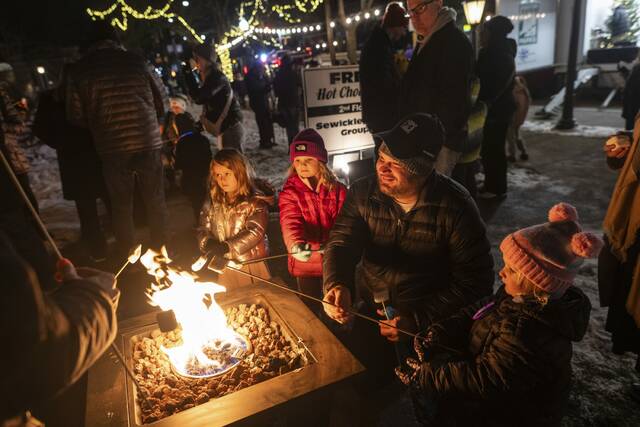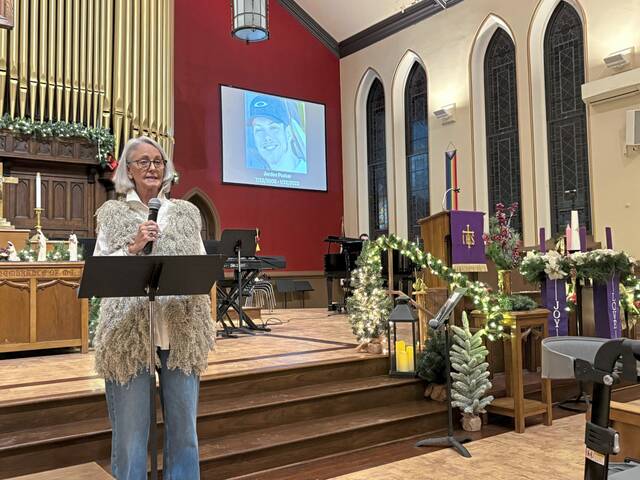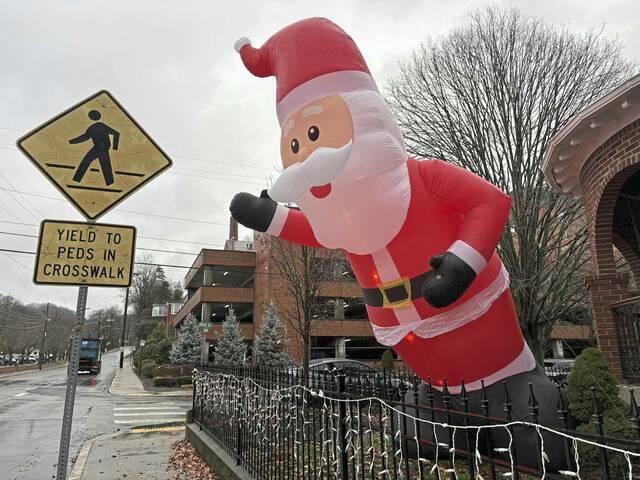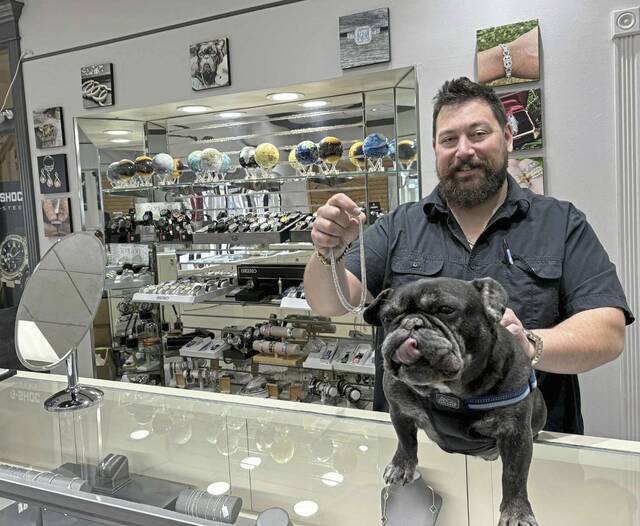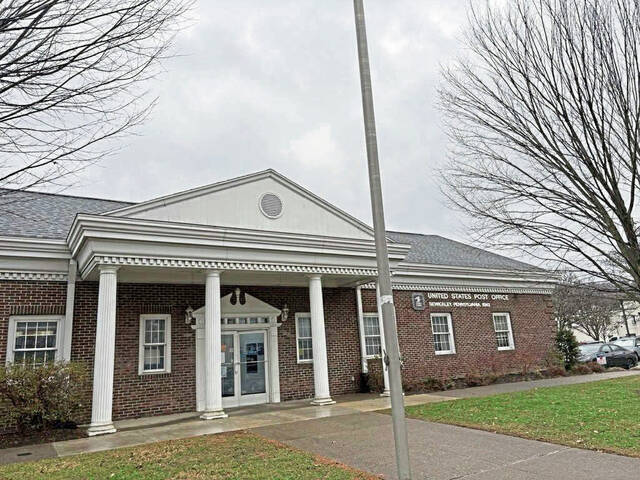Filmmaker Rueben Brock was taken by surprise when asked to direct a documentary about the early Black residents of Sewickley.
“I said, ‘Wait a minute, there’s a Black community in Sewickley?’” he recalled.
Those first Black settlers were important to the success of the community, and it’s high time their story was told, said Sewickley resident Stratton Nash, executive committee co-chair of the “Their Stories” project.
Filming the reminiscences of several elderly Black Sewickley residents began in early August. The documentary will take about 18 to 24 months to complete, Nash said.
“We’re going as far back as we possibly can to determine who, when and why African Americans descended upon Sewickley,” Nash said. “Where did they come from, what was going on in other areas that prompted them to move — we’re looking at the historical context related to that pilgrimage.”
The idea for the documentary emerged from photographic archives held by two local entities, the Sewickley Community Center and St. Matthew’s AME Zion Church.
A community center board member, Nash came across boxes of historical photos during a renovation project.
“It occurred to me that all the pictures were of African Americans,” he said.
He then learned that the Daniel B. Matthews Historical Society at the church, which preserves local Black history and culture, had its own photo archive.
The groups decided to combine and digitalize more than 750 images and upload them to forever.com.
For Black History Month in 2022, a group of interested volunteers organized a photo slide show presentation at The Lindsay Theater and Cultural Center in Sewickley.
Featured speaker was Gwen Cole Strickland, who talked about her late mother Bettie Cole’s book, “Their Story: The History of Blacks/African-Americans in Sewickley & Edgeworth.”
“The place was packed, it was standing room only, and people asked us to do it again,” said Susan Kaminski, a founding board member of the theater. “Afterward we said, ‘Why didn’t we film this?’ That’s when we realized we needed a documentary.
“There’s an incredible history here that needs to be shared forever,” she said.
Unique experience
Although the names of the book and the documentary are similar, the two are not the same.
“The book itself is certainly the number one historical document upon which our research is being done, and we pay homage in a sense to the book; but the documentary was not inspired by the book, per se, but was inspired by the presentation,” Nash said.
Strickland joined Nash and Kaminski on the documentary’s executive committee, along with Bob Patterson, the community center board president.
“My name was offered to Stratton and Susan, because I’m currently working on a documentary called ‘Black Pittsburgh,’ which is all about the history of Pittsburgh’s Black community,” said Brock, a Canonsburg resident who is also an educator, author, consultant and speaker.
“Their ideas and my vision of what I wanted to do and how I saw it playing out coincided,” he said.
Planned to run about 90 minutes, “Their Stories” will explore “the history of the community all the way back to the beginning, to show the lives of some of the people and the unique nature of Sewickley’s Black community,” Brock said.
While it was work opportunities that drew Black people from the South to Southwestern Pennsylvania during the 1800s, Brock said, “what is unique about Sewickley is that the folks who migrated there were set up in a different way than maybe the people who migrated to Washington County and were working on farms.”
“Because of the wealth of Sewickley, there was a need for domestic work, which created a different kind of experience,” Brock said. “So it was thought of as a place where a person could have a decent life, not quite as difficult as what was happening to others.”
Kaminski said she talked to a Black man at the photo event who said growing up in Sewickley sheltered him from the harsh realities of the Black experience elsewhere in the United States.
“Believe me, there were issues in Sewickley – the Y was segregated way longer than it should have been and the KKK paraded here,” Kaminski said. “It wasn’t a perfect town, but generally it was thought of as a special place to be.”
Kaminski said the documentary is being filmed in a higher quality so that it could potentially be shown on television.
“Gwen keeps saying, half jokingly, that she envisions a Netflix series because it might excite interest and there are so many stories to be told,” she said.
For Kaminski, the important thing is for other Sewickley residents — young people in particular — to learn about this often overlooked piece of the community’s heritage.
“I’m white and I only know about this through the photographs and working with the church,” she said.
Brock seconds the notion.
“It speaks to how important it is to tell these stories, because even someone like me who lives 20 minutes away did not know this at all,” he said.


